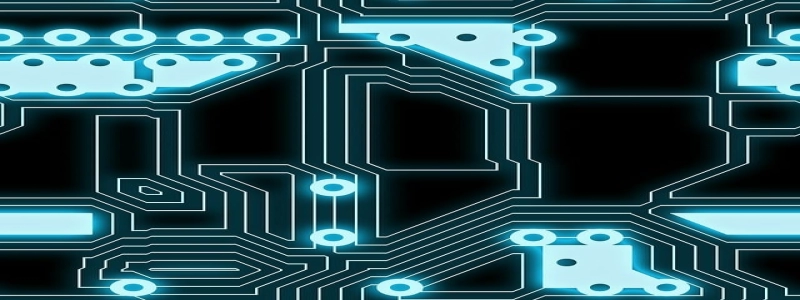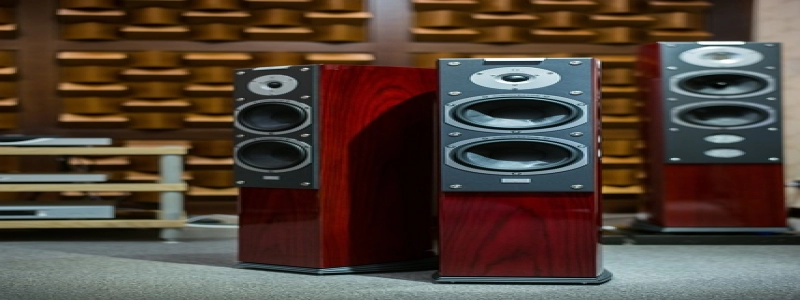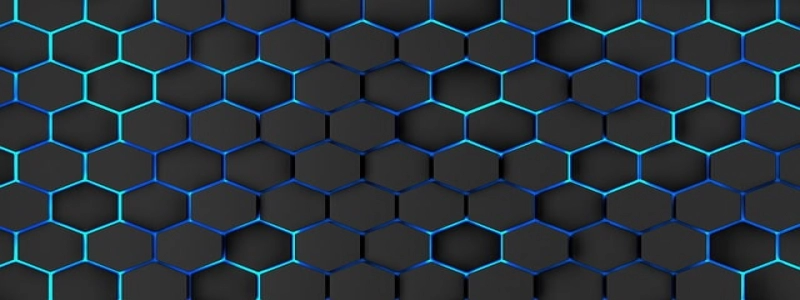Ethernet TCP/IP
1. Introducere
Ethernet and TCP/IP are two crucial technologies in computer networking. Ethernet is a widely used local area network (LAN) technology that enables the transmission of data over a physical medium, while TCP/IP is a suite of protocols that allows for reliable communication between computers over a network. În acest articol, we will delve into the details of Ethernet and TCP/IP, discussing their key features and functions.
2. Ethernet
2.1. What is Ethernet?
Ethernet is a family of technologies that define the physical and data link layer specifications for LANs. It was first developed in the 1970s by Xerox Corporation and later standardized by the Institute of Electrical and Electronics Engineers (IEEE) as the IEEE 802.3 standard. Ethernet allows for high-speed data transmission within a local area network, enabling computers and other devices to communicate with each other.
2.2. Key Features of Ethernet
– Speed: Ethernet supports various speeds, including 10 Mbps (Ethernet), 100 Mbps (Fast Ethernet), 1 Gbps (Gigabit Ethernet), and even 10 Gbps (10 Gigabit Ethernet). The speed depends on the specific version of Ethernet being used.
– Carrier Sense Multiple Access with Collision Detection (CSMA/CD): Ethernet uses CSMA/CD, which is a network access method that ensures multiple devices can share the same network medium without interfering with each other. If two devices transmit data simultaneously, a collision occurs, and the devices stop transmission and wait for a random interval before retransmitting.
– Frame Structure: Ethernet frames consist of a preamble, destination and source MAC addresses, EtherType/length field, data payload, and Frame Check Sequence (FCS). The preamble and FCS are used for synchronization and error detection, respectively.
3. TCP/IP
3.1. What is TCP/IP?
TCP/IP, or Transmission Control Protocol/Internet Protocol, is a suite of protocols that provide reliable communication and network addressing within the Internet. It is the fundamental protocol suite used for transmitting data across the Internet, and it enables various applications, such as web browsing and email, to function seamlessly.
3.2. Key Features of TCP/IP
– IP Addressing: TCP/IP uses IP addressing to uniquely identify devices on a network. An IP address consists of four sets of numbers separated by periods, such as 192.168.0.1. It allows for the routing and delivery of data packets across networks.
– TCP: TCP is a connection-oriented protocol that provides reliable data transmission between devices. It establishes a connection, divides data into packets, and ensures packets arrive at the destination in the correct order. TCP also performs error checking and retransmission of lost packets.
– UDP: UDP, or User Datagram Protocol, is a connectionless protocol within the TCP/IP suite. It does not guarantee reliable data transmission like TCP but is useful for time-sensitive applications, such as streaming media or online gaming.
4. Concluzie
Ethernet and TCP/IP are integral components of modern computer networking. Ethernet enables high-speed communication within local networks, while TCP/IP provides reliable and efficient communication across the Internet. Understandably, these technologies play a vital role in ensuring seamless connectivity and data transfer in our interconnected world.








